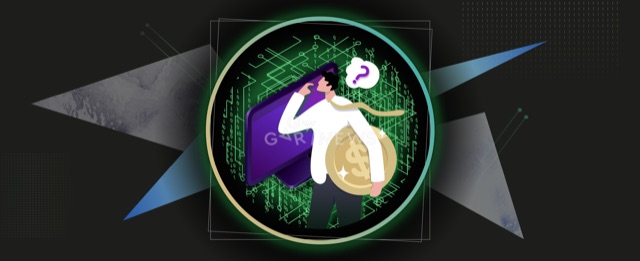Which crypto can be mined on a home computer?

Proof of work is used widely in cryptocurrency mining. Every year the mining difficulty increases, so people need to use more and more powerful equipment, like ASIC miners. Even though you can still mine some coins on home computers.
On this page
At the beginning of the crypto era, mining was performed on regular computers using a CPU (processor) and a GPU (discrete graphics card). The more cores the processor had, and the more powerful the graphics card was, the faster the block was generated. Hence, the owner of the PC and the mining node was remunerated for maintaining the network and validating the transactions.
With each halving, which happens roughly every four years, it becomes more difficult to mine crypto: the reward per block is reduced, and both CPU and GPU need to be upgraded. That catalyzed the rise of more powerful solutions. Miners started combing several discrete graphics cards into a single mining rig, and eventually, specialized mining hardware, in particular FPGAs and ASICs, hit the market. They were far more efficient but their cost was considerably higher.
As ASIC miners gained widespread popularity and global reach, this split the crypto community into two camps: those who saw specialized mining hardware as the result of the industry's technological evolution, and those who believed it violates the very idea of decentralization. Large companies began installing ASIC farms around the world, thereby consolidating significant mining capacity in large pools or farms owned by only a few entities.
CPU/GPU mining is more democratic, as it allows a large number of users across the globe to participate in the mining process. Therefore, the community and individual projects started looking for solutions to counteract the invasion and dominance of ASIC. Some coins decided to switch to ASIC-resistant algorithms that disable users to mine coins with ASIC machines. Let's dive into the best crypto to mine on home computers.
RandomX-based crypto coins
RandomX is the newest and most profitable algorithm designed for CPU/GPU mining. It is used by Monero (XMR), Quantum Resistant Ledger (QRL), Dinastycoin (DCY), BiblePay (BBPP) and others.
RandomX is an ASIC-resistant algorithm, developed specifically for GPU and CPU. Monero (XMR) developers created the RandomX algorithm to prevent ASIC and FPGA from taking over the network. The algorithm uses random code execution. Thus, RandomX minimizes the ASIC efficiency advantage and supports network decentralization.
How to start mining crypto
Monero is the most famous and most liquid coin based on the RandomX algorithm. It is the most profitable asset that can still be mined using a CPU. This coin is listed on many exchanges, and can be withdrawn in fiat.
Computer architecture needed for mining:
• x86 (32-bit);
• x86-64 (64-bit);
• ARMv7+VFPv3 (32-bit);
• ARMv8 (64-bit);
• PPC64 (64-bit).
To start mining, you need to download and install a miner – a special program for crypto mining. You can use one of the following: XMRig, SRBMiner or XMR-STAK-RX.
You can mine in solo mode, by joining one of the numerous pools (MineXMR, SupportXMR, Unipool, XMRNanopool, and others), or through the cloud mining service.
Depending on the amount of RAM, the RandomX algorithm can be used in two modes: Fast Mode (at least 2 GB of RAM is required) and Light Mode (at least 256 MB of RAM is required).
Fast Mode is intended for “pure” mining, and Light Mode is used to validate blocks on nodes with weak hardware capabilities, for example, single-board ARM computers (Rock64, etc.)
Efficient mining (Fast Mode) based on the RandomX algorithm requires more than 2 GB of RAM, which makes it difficult to hide the miner in case of unauthorized use of computer resources, and almost completely excludes weak and outdated computers and any smartphones from the mining process.
Browser mining (web-mining) is also practically impossible due to high memory requirements and lack of full support for floating-point computations in Javascript and WebAssembly.
To achieve the maximum hashrate on the RandomX algorithm, you need to choose the number of threads (T) on the processor and enable support for large memory pages.
For efficient mining, hardware should support AES instructions. You can also mine coins on an old processor without AES support, although at a slower speed, by enabling emulation in software mode.
It's up to each computer owner to decide if they want to mine on their CPU, putting their motherboard and the CPU at risk. Nevertheless, given the first signs that a bear market is ending, mining Monero can be a lucrative activity, especially if the coin starts to move towards the recent ATH of more than $500.
The content on The Coinomist is for informational purposes only and should not be interpreted as financial advice. While we strive to provide accurate and up-to-date information, we do not guarantee the accuracy, completeness, or reliability of any content. Neither we accept liability for any errors or omissions in the information provided or for any financial losses incurred as a result of relying on this information. Actions based on this content are at your own risk. Always do your own research and consult a professional. See our Terms, Privacy Policy, and Disclaimers for more details.

























